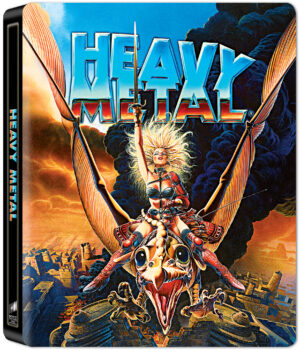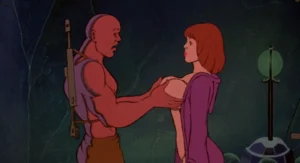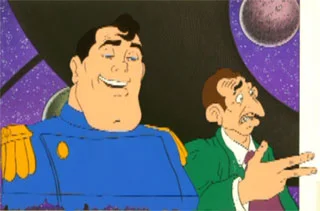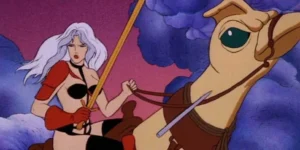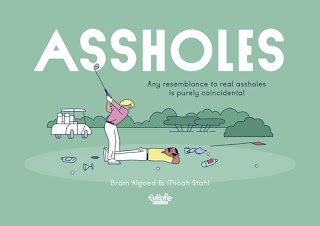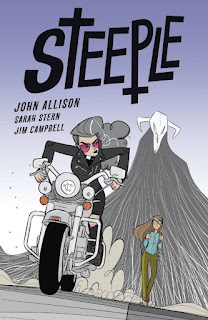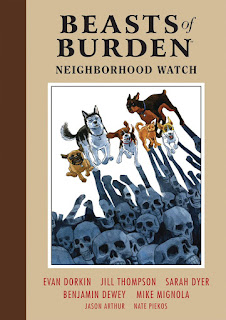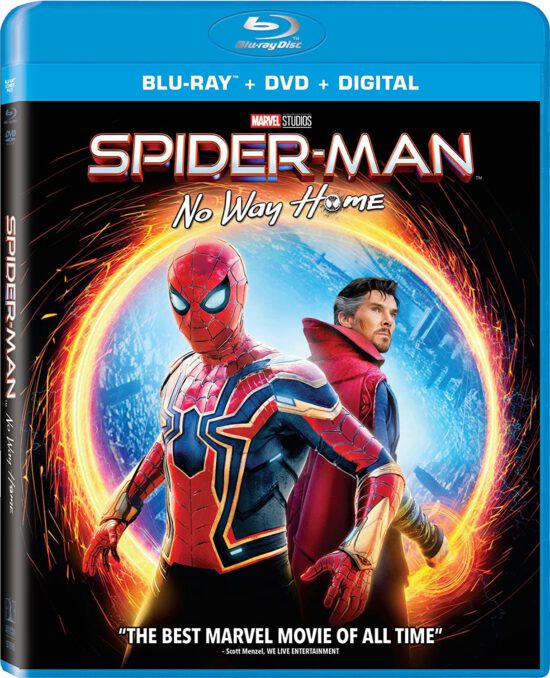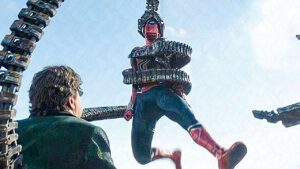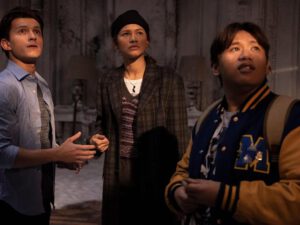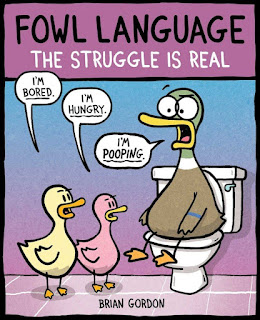Steeple, Vol. 2: The Silvery Moon by John Allison
As I type this, my post on the first volume of Steeple was written close to a month ago but has not yet gone live. So I am trying to space things out on this blog, but I may not be spacing them quite far enough for my own systems to work well. (Let’s hope I remember , once that post does go live, to drop in a link here somewhere.)
In any case, this is a sequel to the first Steeple , which was written and drawn by John Allison with colors from Sarah Stern and letters from Jim Campbell. The first collection also appeared first as a five-issue series of floppy comics.
Steeple, Vol. 2: The Silvery Moon , by comparison, appeared originally on-line at Allison’s site , and is an all-Allison joint. (There is a cover by Max Sarin, presumably in an attempt to draw in the Giant Days audience.) This one collects two somewhat discrete stories, and I can even link you to those stories online, on the cheekily-titled steeple.church site: The Silvery Moon and Secret Sentai . I just noticed they were (still) there; I haven’t been as good at keeping up with Allison’s new comics there over the past couple of years as I vaguely searched for a copy of the first Steeple book to read first.
Anyway: this is set in a different corner of the Scarygoround -cum-Giant Days-iverse , down in the Cornish town of Tredregyn, where Rev. David Penrose upholds the glory of the Church of England by battling invading mermen every night (and doing essentially nothing vicaresque besides that) and the Magus Tom Pendennis does what he wilt at the Church of Satan down the lane, and what he wilt is generally sneaky and not always nice, but it tends not to be what one would actually call evil.
It’s more like a football rivalry than a battle for the soul of the town, honestly: the locals line up with their rooting preferences, and it seems like Satan is well in the lead, maybe because he always has the best tunes and dancing.
Our main characters are Billie Baker and Maggie Warren; the trainees in the two churches. Billie came to town for the CoE, but, through some odd events at the end of the first book, the two have switched roles, with the lusty, motorcycle-riding Maggie now assisting Rev. David and energetic and immensely good-hearted Billie now organizing community outreach for Satan.
Allison, as usual, has a decent-sized central cast, who are interestingly quirky. I don’t think these folks have gotten quite as defined as the Giant Days crew or his best Bad Machinery characters (Lottie Grote, for example), but they’ve had fewer pages to do so to date.
In any case: this is two more adventures of Billie and Maggie, one with a werewolf and one with a Japanese guy in a funny costume. They are both Allisonianly quirky and fun, and he’s filling out the details of this corner of his world nicely as he has more pages and time to do so.
I’ve said it many times: Allison is one of the most entertaining, and most distinctive, comics-makers of his generation, and his stories are always fun and always different from what anyone else is doing. How can you not want to read that?
Reposted from The Antick Musings of G.B.H. Hornswoggler, Gent.
















